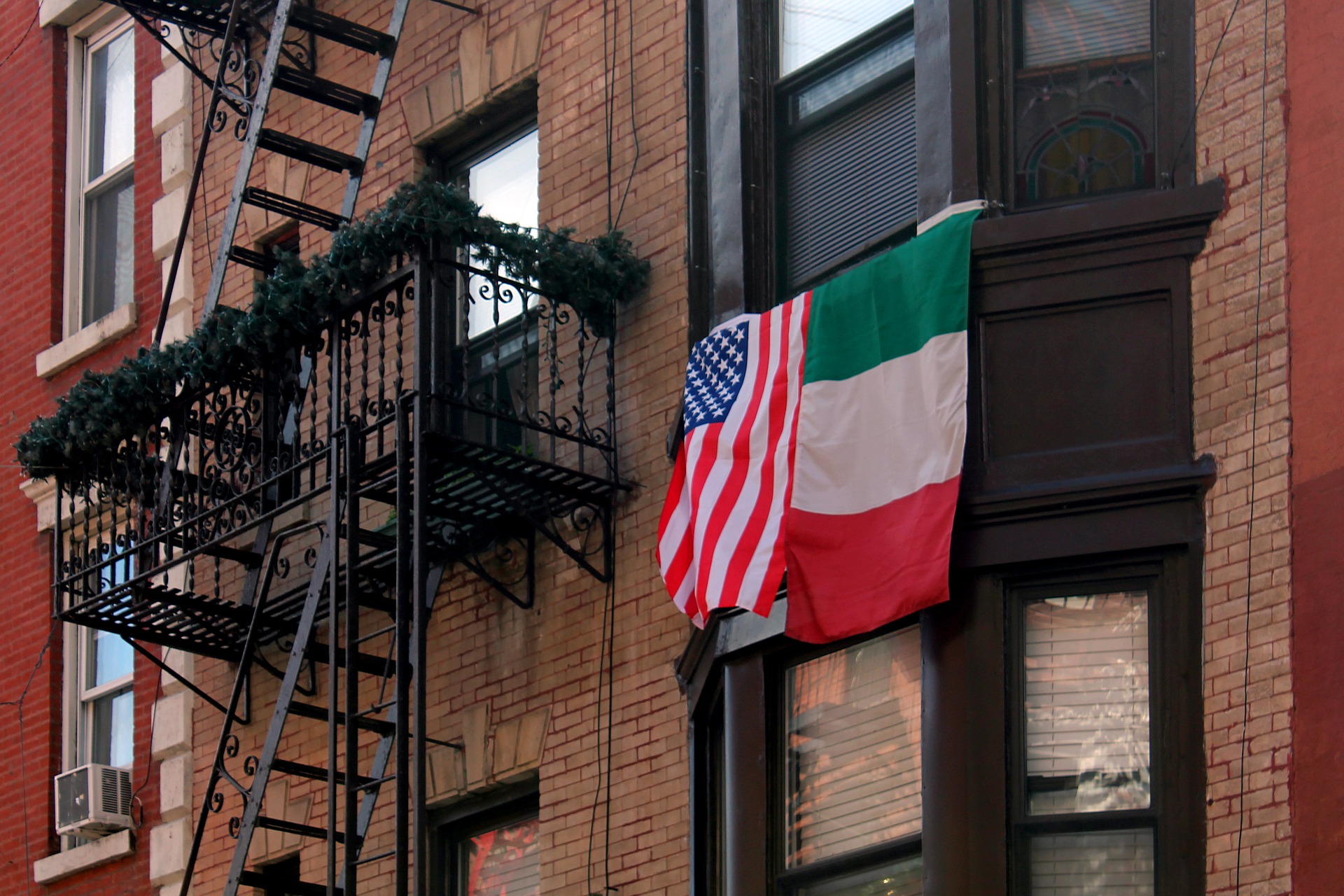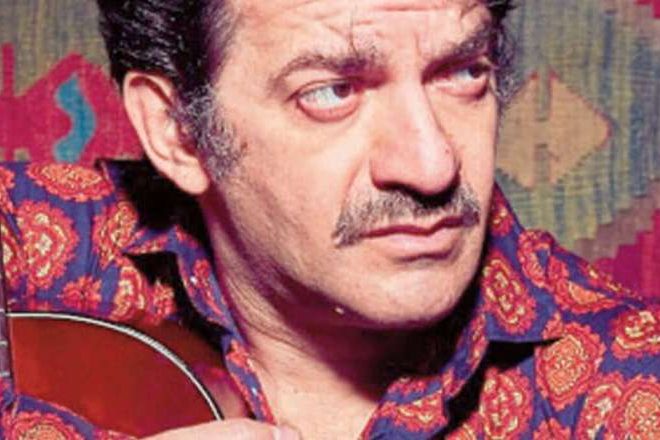Are you familiar with those hardcore conservationists, paladins of our beautiful planet and its amazing variety of animals and plants, the likes of British primatologist Jane Goodall, late French oceanographer Jacques Cousteau, Indian activist Vandana Shiva, or American former Vice President Al Gore?
Despite numerically UK and US have the largest number of worldwide recognized ecologists, Italy has at least a few, that are worth mentioning here:
Late Laura Conti, widely regarded as “the mother of Italian environmentalism” and co-founder of Legambiente – Italian environmentalist association in the wake of late ‘70s’s anti-nuclear movement.
Luigi Boitani – Professor of Animal Ecology and Conservation Biology at the University of Rome – is a world’s leading wolf expert, as well as serving in the Board of several international conservationist organizations.
Fulco Pratesi, co-founder and current honorary President of WWF (World Wide Fund For Nature) – Italy’s Chapter.
To this – only partial – list, we need to add marine biologist, Maddalena Bearzi, an harmonious blend of Cousteau’s zest for adventure and exploration with Boitani’s expertise and dedication to a mammalian species over the others – in her case, dolphins, particularly the populations inhabiting the waters of the Santa Monica Bay.
In 1998, Maddalena co-founded and currently chairs the Ocean Conservation Society, key organization in preserving SoCal’s fragile oceanic ecosystems.
Bearzi is also a writer at heart, who has been communicating her unwavering ecological passion and love for the sea life to her readers, through hundreds of articles on nature, conservation and eco-tourism for major international outlets, as well as two fascinating English books, with a third in the works.
Please, introduce yourself. What’s your cultural background, including education?
My name is Maddalena Bearzi and I am a marine biologist as well as a book author. I’m co-founder, President and Research Director of the Ocean Conservation Society, that serves in particular the Santa Monica Bay.
I have a Bachelor Degree in Natural Science from the University of Padua, Italy, a PhD in Biology and a Postdoctoral fellowship in Education from UCLA. I have also worked as a photo-journalist for over 25 years.
How did you develop your passion for nature and marine ecology, in particular?
Since I was a child, I’ve always been passionate about nature. I spent many summers camped out with my parents and older brother in a remote site in Sardinia. It’s there that I had an early chance to get in contact with the sea and its inhabitants.
Initially, I was interested in all sort of creatures: snakes, geckos, birds, tortoises. I grew up in a succession of Italian cities, so I couldn’t spend all my time near the water. My Bachelor’s thesis, for instance, dealt with the home range and behavior of a species of lizard found in a natural reserve in Tuscany, and not with marine creatures.
I then started investigating sea turtles in the Yucatan Peninsula, Mexico and – gradually climbing up the evolutionary scale – my interest shifted to dolphins and whales, which I studied off the coast of Mexico, in the Caribbean and Mediterranean Seas for the Italian Tethys Research Institute.
Later on, I was lucky enough to investigate these magnificent marine mammals in other parts of the world, including off California.
How was your adjusting process, once you relocated from Italy to the Los Angeles area?
About twenty years ago, I moved here with my then American boyfriend and now husband Charlie. At first, it was challenging to adjust because I spoke German and Spanish, but not a single word of English.
A year after moving to Southern California, however, I started my PhD at UCLA, so I was forced to learn the language well and quite quickly.
Sailing with my husband in the Pacific Ocean, I realized that nobody had ever conducted a long-term study on the populations of marine mammals living in the Santa Monica Bay and surrounding areas. The “metropolitan” dolphins off L.A. became the main focus of my Ph.D. thesis, and also of my non-profit Ocean Conservation Society.
At the same time, I was freelancing about travel and nature for different Italian magazines, so I had the chance to travel extensively across California. Traveling also helped me to better know this country and learn the language.
In 1996, you founded and start leading the Los Angeles Dolphin Project. What was that about?
Initially, the project aimed at identifying the various species of marine mammals living off the greater Los Angeles shoreline. I studied distribution, abundance, behavior and interaction among different species of whales, dolphins and pinnipeds such as sea lions and harbor seals.
With time, the project became complex and more conservation-oriented. Research was not enough, since those animals needed help.
For instance, we pioneered the study of skin diseases in the populations of coastal bottlenose dolphins off California and the possible repercussions on human health, as we both eat the same fish.
We have also been carrying out campaigns to warn about the disturbance that we human often cause to these animals.
In 1998, you co-founded the Ocean Conservation Society, of which you’re currently President. Which are the accomplishments, over the years, that you’re most proud of?
I am proud of the work of our research and conservation organization. Our research dataset encompasses almost two decades in this area, and we are among the few long-term continuous investigations on marine mammals existing worldwide!
As I mentioned earlier, we at OCS were, for instance, the first team in the West Coast to discover the presence of skin diseases and physical deformities in the local populations of dolphins. The presence of these diseases is increasing in recent years and it’s related to man-made pollutants in our waters.
Partly due to my journalistic background, I’m also happy about the books that I have written (and the one in the works), as they highlight the beauty of these animals, but also the problems that they are facing today. I spend lots of time giving talks about dolphins and whales and the need to protect them.
In both of my books “Beautiful Minds: The Parallel Lives of Great Apes and Dolphins” – co-authored with Primatologist Craig Stanford – for Harvard University Press (2008), and “Dolphin Confidential: Confessions of a Field Biologist” – for Chicago University Press (2012; this book just came out in paperback this month), aside from what I learned through my research, I talk on a more personal level about the importance of protecting marine mammals.
My blog posts for the National Geographic – Ideas and Insight from Explorers – share the same purpose of raising awareness, along with giving practical tips.
And which are the most impelling challenges, you’re currently facing?
There are two big challenges. The first is to keep our non-profit Ocean Conservation Society alive. We always strive to get donations and support to carry on our long-term research and conservation projects. If anyone is interested in seeing what we do and help here is the site: www.oceanconservation.org.
The second challenge is to raise awareness on the environmental issues affecting these animals and, mainly, bring change. We always feel like our moving forward involves at the same time steps backwards, as our oceans are in an increasing state of ecological emergency.
What fascinates you the most about dolphins?
Dolphins are large brained and social complex creatures. It’s certainly fascinating the extent in which these sea mammals are similar to us as I explained in both of my books. It’s wonderful to spend so much time close to them at sea and to witness how intelligent and emotional they are, from the care by a mother towards her calf, to an individual grieving over the death of another.
I’ve been observing them for twenty-five years and I never get tired of looking at them and learning new aspects of their complex behavior.
Are you in contact with the L.A. based Italian-American community? Are you member of any organization?
I’ve attended some events at the Italian Cultural Institute of L.A. and I even spoke there as a guest lecturer, a long while ago.
Veering off from my professional interests, I also took part to an Italian Festival a couple of years ago, only this time as a jewelry designer. My organic jewelry takes, of course, inspiration from nature.





























